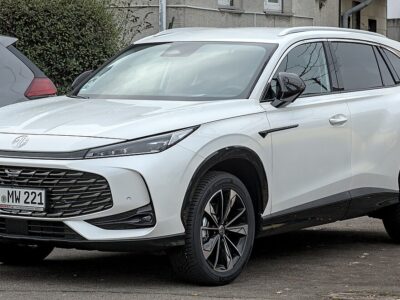
Hyundai Tucson MPG: The Complete Fuel Economy and Efficiency Guide (2025 Update)
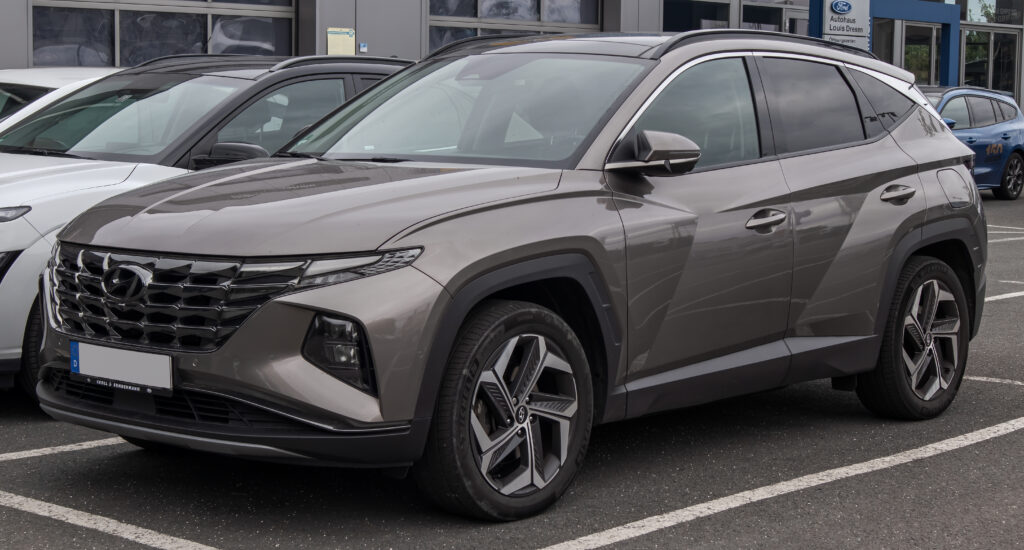
The Hyundai Tucson stands as one of the most efficient and well-balanced SUVs in the compact crossover class. Blending innovation, hybrid technology, and comfort, it’s no surprise that the Tucson ranks among the top-selling family SUVs worldwide. In this detailed guide, we break down the Hyundai Tucson MPG across different engines, trims, and hybrid systems — so you can choose the perfect model for your driving habits and budget.
- Overview: Why the Tucson Excels in MPG
- Hyundai Tucson Engine and Powertrain Options
- Tucson Hybrid and Plug-in Hybrid Efficiency Explained
- 2025 Hyundai Tucson MPG by Model and Transmission
- City vs Highway Fuel Economy
- MPG Comparison: Tucson vs Key Rivals
- Tucson Plug-in Hybrid Electric Range
- Fuel Tank Size and Driving Range
- Real-world Fuel Economy and Owner Reports
- Tips to Maximize Your Tucson’s MPG
- Environmental Benefits of Tucson Hybrids
- Tucson vs Diesel Alternatives
- Verdict: Which Tucson Model Offers the Best MPG
- Frequently Asked Questions
Overview: Why the Tucson Excels in MPG
The Hyundai Tucson’s reputation for exceptional fuel efficiency stems from its advanced hybrid engineering and aerodynamic design. Across its lineup — from mild hybrid to plug-in hybrid — the Tucson delivers a finely tuned balance of performance and economy.
The most fuel-efficient versions exceed 50 MPG combined, setting new benchmarks in its category.
Hyundai Tucson Engine and Powertrain Options
Hyundai offers several powertrains to match different needs and driving styles:
- 2.5L Petrol Engine: Standard on base models; reliable and refined, offering around 33–38 MPG combined.
- 1.6L Turbocharged Hybrid (HEV): Combines petrol power with electric assistance, averaging 43–49 MPG.
- 1.6L Plug-in Hybrid (PHEV): Adds an external charging system and a larger battery, reaching over 100 MPG equivalent when driven on electric power.
- 48V Mild Hybrid Diesel (available in select markets): Offers smooth torque and fuel economy up to 50.4 MPG.
Tucson Hybrid and Plug-in Hybrid Efficiency Explained
The Tucson Hybrid (HEV) uses regenerative braking and a self-charging system that continuously recharges the battery while driving. This model shines in city conditions where stop-and-go traffic allows frequent regeneration.
The Tucson Plug-in Hybrid (PHEV), on the other hand, can be charged via a standard outlet or public charging point. When fully charged, it can drive short distances using only electricity, significantly reducing fuel consumption during urban commutes.
2025 Hyundai Tucson MPG by Model and Transmission
| Model & Transmission | Engine Type | City (MPG) | Highway (MPG) | Combined (MPG) |
|---|---|---|---|---|
| SE Connect Petrol Manual | 2.5L Petrol | 34 | 50 | 42.2 |
| Premium Petrol Manual | 2.5L Petrol | 34 | 49 | 41.5 |
| N Line Petrol Electric Auto | 1.6L Hybrid | 48 | 58 | 48.7 |
| Premium Petrol Electric Auto | 1.6L Hybrid | 49 | 57 | 49.6 |
| SE Connect Petrol Electric Auto | 1.6L Hybrid | 50 | 59 | 50.4 |
| N Line Diesel MHEV | 1.6L Diesel Mild Hybrid | 50 | 58 | 50.4 |
| Ultimate Petrol Electric Auto | 1.6L Hybrid | 42 | 50 | 42.8 |
| Plug-in Hybrid (PHEV) | 1.6L Turbo Plug-in | — | — | >100 (MPGe) |
Note: MPG figures vary by market and driving conditions. U.S. EPA ratings may differ slightly from UK or EU test cycles.
City vs Highway Fuel Economy
Urban drivers will find the hybrid Tucson particularly efficient, thanks to its ability to switch seamlessly between petrol and electric power. In city driving, expect up to 49 MPG, while highway cruising maintains around 57–59 MPG for the best models.
You may be interested in reading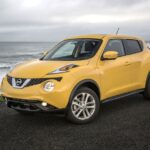 Nissan Juke Real-World Fuel Consumption: What Drivers Actually See
Nissan Juke Real-World Fuel Consumption: What Drivers Actually SeeThe plug-in hybrid performs even better on short commutes if regularly charged — drivers can experience near-zero petrol usage during daily drives under 30 miles.
MPG Comparison: Tucson vs Key Rivals
| Model | Combined MPG (Hybrid) | Electric Range (PHEV) |
|---|---|---|
| Hyundai Tucson | 50 MPG | 31 miles |
| Toyota RAV4 Hybrid | 47 MPG | 42 miles |
| Nissan Qashqai e-Power | 52 MPG | — |
| Ford Kuga Plug-in Hybrid | 55 MPG | 35 miles |
| Peugeot 3008 Hybrid | 40 MPG | 36 miles |
While the Tucson’s plug-in range is slightly shorter than the Ford Kuga’s, its smooth hybrid performance and affordability make it a strong contender in real-world driving.
Tucson Plug-in Hybrid Electric Range
The Tucson PHEV can travel up to 31 miles on electric power alone, ideal for daily commutes. Charging takes about 2 hours with a 7.2 kW wallbox or 6 hours on a standard household outlet. Keeping the battery charged ensures maximum efficiency — otherwise, fuel consumption increases during longer trips.
Fuel Tank Size and Driving Range
The Tucson’s fuel tank capacity ranges between 13.7 and 14.3 gallons (52–54 liters) depending on trim.
With a combined economy near 50 MPG, drivers can expect an impressive range of 650–700 miles per tank, depending on driving style.
Real-world Fuel Economy and Owner Reports
Owners report real-world averages between 42 and 46 MPG for the hybrid, slightly lower than official figures but consistent across city and mixed routes. The plug-in hybrid achieves up to 80–100 MPG equivalent when driven primarily in electric mode.
In cold weather or with heavy use of climate systems, expect a 5–10% reduction in efficiency.
Tips to Maximize Your Tucson’s MPG
- Keep tires properly inflated (low pressure reduces MPG by up to 3%)
- Use Eco drive mode in hybrids for smoother throttle response
- Avoid hard acceleration; hybrids perform best with gradual speed changes
- Regenerative braking can recover up to 15% energy in city driving
- Charge PHEVs daily to minimize petrol usage
Environmental Benefits of Tucson Hybrids
With its hybrid powertrains, the Tucson significantly reduces CO₂ emissions — down to 110 g/km in some trims. This makes it not only eco-friendly but also eligible for tax incentives and lower road taxes in many regions.
The electric driving capability of the PHEV model further reduces local emissions, improving urban air quality.
You may be interested in reading Nissan Juke Real-World Fuel Consumption: What Drivers Actually See
Nissan Juke Real-World Fuel Consumption: What Drivers Actually See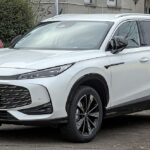 MG HS Fuel Consumption and Efficiency Guide
MG HS Fuel Consumption and Efficiency GuideTucson vs Diesel Alternatives
While diesel SUVs once dominated long-distance efficiency, the Tucson’s hybrid lineup now rivals or exceeds diesel MPG without the noise or emissions.
The Mild Hybrid Diesel remains available for high-mileage drivers, returning up to 50.4 MPG combined, but the Hybrid and PHEV models offer cleaner and more responsive performance.
Verdict: Which Tucson Model Offers the Best MPG
For most buyers, the Tucson Hybrid (HEV) strikes the best balance between convenience and efficiency — no plug-in required, and real-world MPG around 45–50.
If you can charge regularly, the Tucson PHEV delivers unbeatable running costs and near-silent operation.
Those seeking traditional simplicity can still find excellent economy in the 2.5L petrol models, especially for highway driving.
Frequently Asked Questions
1. What is the best Hyundai Tucson MPG?
The 2025 Tucson SE Connect Hybrid Automatic achieves up to 50.4 MPG combined, leading its class.
2. How far can the Tucson PHEV go on electric power alone?
It offers an all-electric range of 31 miles, ideal for urban commutes.
3. Does driving in Sport mode affect MPG?
Yes. Sport mode enhances throttle response but can reduce efficiency by up to 15%.
4. Is the Tucson Hybrid better than the RAV4 Hybrid for MPG?
They’re close — the Tucson averages slightly higher in city driving, while the RAV4 wins in long-range performance.
5. How much does it cost to fill up a Hyundai Tucson?
With a 14-gallon tank and fuel prices around $3.50/gal, a full tank costs approximately $49, delivering up to 700 miles of range.
 Nissan Juke Real-World Fuel Consumption: What Drivers Actually See
Nissan Juke Real-World Fuel Consumption: What Drivers Actually See MG HS Fuel Consumption and Efficiency Guide
MG HS Fuel Consumption and Efficiency Guide What to Expect When Driving a Fiat 500: Owner's Perspective
What to Expect When Driving a Fiat 500: Owner's PerspectiveFinal Thoughts
The Hyundai Tucson combines outstanding fuel economy with bold design and cutting-edge hybrid technology. Whether you choose the mild hybrid, self-charging hybrid, or plug-in version, the Tucson’s MPG performance makes it one of the most efficient compact SUVs in 2025 — and a standout choice for eco-conscious families.
If you want to know other articles similar to Hyundai Tucson MPG: The Complete Fuel Economy and Efficiency Guide (2025 Update) you can visit the category Driving.
Deja una respuesta

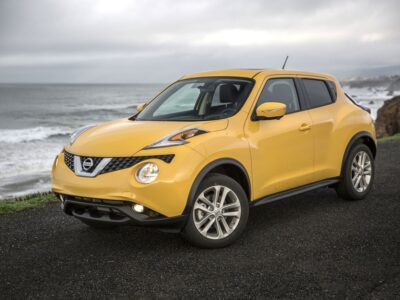
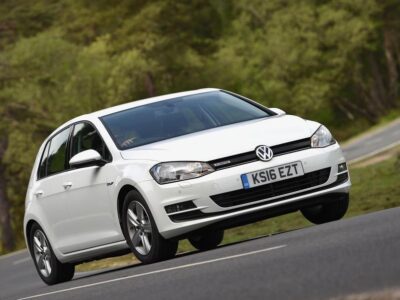
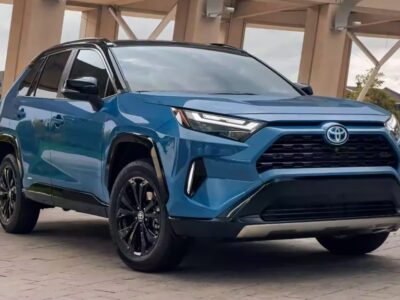
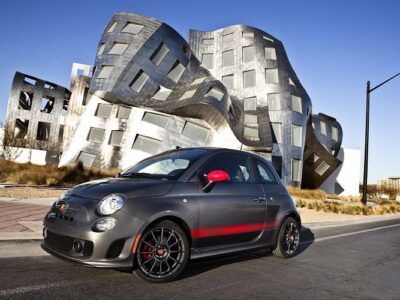
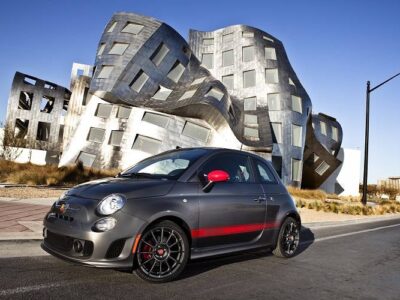
More content of your interest